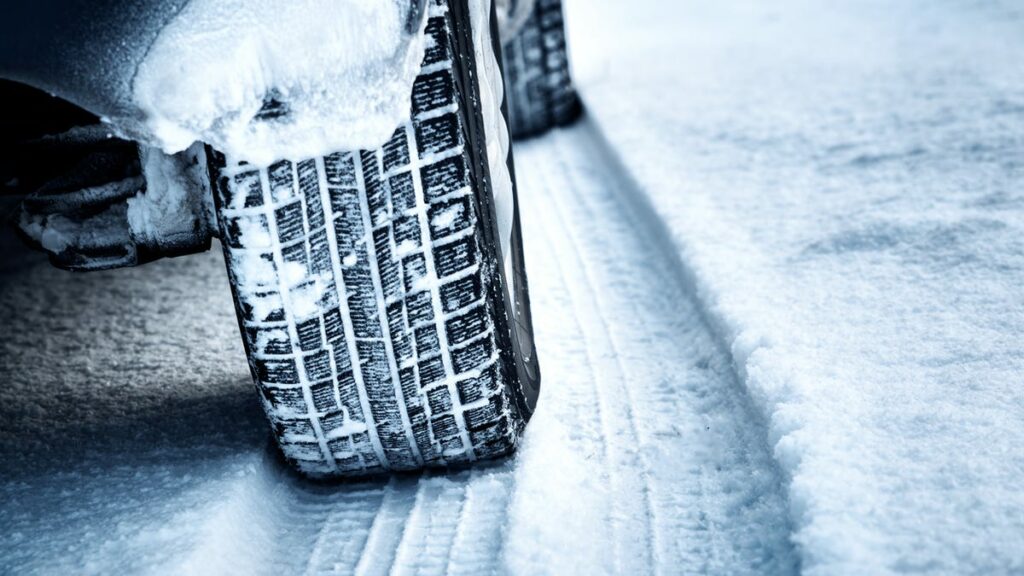
Anna Grigorjeva – Getty Images/iStockphoto
It’s getting cold again, with temperatures plummeting and snow falling. Some areas will see temperatures fall into single digits, and be buried beneath between six and 19 inches of snow. And this is just the beginning. What we can be sure of is that winter is most definitely coming.
Whether you’re someone who hunkers down when the weather gets bad, or you have to be out and about, technology can make a difference to how you deal with the cold. And while most of the time that difference is reducing a problem into an inconvenience, sometimes — and I don’t want to sound overly dramatic saying this — technology can be the difference between life and death.
Also: My 5 must-have gadgets for off-grid adventures
Here’s my plan of action. And while it changes as tech moves forward and I learn more, I find this approach covers most of the bases.
Note that you might need to cater for different types of emergencies. Maybe the power goes out for days or even weeks, or maybe flooding is a risk?
My advice: let your personal experiences guide you.
I’ve seen people superglue their hand to their face, smash themselves in the teeth with a hammer while trying to put up storm shutters, struggle for over an hour trying to start a gasoline generator that didn’t have any gas in it, turn an expensive tent into a fireball attempting to refill a gasoline stove that was already lit, slice their hand open with a screwdriver, and settle down to read the instructions for some essential bit of kit as a massive storm approaches.
Add stress and fear into the mix, and you have the potential for a lot of chaos and mayhem.
Not sure how your portable battery pack, generator, or new weather app works? The time to be figuring this out is now, not when you are hip-deep in snow and the lights are out.
Also: The 5 brightest flashlights
Oh, and now is a good time to download and print out any manuals you might need.
Also, the more you practice and use your gear, the more likely you are to remember you have it. I’ve known people forget that they even have some useful bit of kit when an emergency hits.
It’s not a failing, it’s human nature.
Do this job while you have power. This task is especially important if you live somewhere where the power is likely to go out.
Also, remember to charge up any portable battery packs and rechargeable batteries that you might have (you might not need them, but they may help a neighbor out of a bind).
For things I keep at home, I charge these packs and batteries up to 100%, and I have a power station and a couple of power banks that stay on charge all the time for emergencies.
Also: The 5 best portable power banks
For things that I throw into the car and forget about for six months to a year, I charge these packs and batteries up to about 80%, as this is better for long-term storage.
If you have big, cumbersome weatherproof cases for your smartphones and tablets that you don’t normally use, now is the time to put them on.
Go on — no one will judge you.
Also: How to get water out of your phone
If you don’t have a weatherproof case, then a Ziploc bag is better than nothing. And if you have one of those little bags of silica gel that comes with all sorts of things you buy, throw one or two of those into the bag with your device, as it’ll help absorb any water that makes its way into the bag.
Fire, flood, and theft are bad news for your device, but if you have a backup, your data is not lost.
An off-site or cloud backup is preferable (even if “off-site” means keeping a drive at a friend or family member’s house).
If all you have is an external hard drive or USB key, then that will have to do — pop it into a waterproof bag to give it a fighting chance. Alternatively, you can invest in a waterproof and fireproof storage drive.
Also: The best external hard drives
My solution is to backup to the cloud using Backblaze, and also have local backups in a waterproof and fireproof external drive for easy access.
…. to be continued
Read the Original Article
Copyright for syndicated content belongs to the linked Source : ZDNet – https://www.zdnet.com/home-and-office/how-to-build-a-winter-emergency-kit/#ftag=RSSbaffb68
